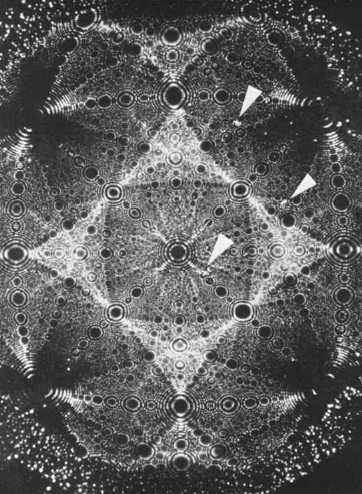
Platinum based anticancer drugs generally go hand-in-hand with DNA, however their interactions with proteins are important to understand as well. A group focused their work on discovering and further exploring binding sites of cisplatin onto both an oligonucleotide and two peptides corresponding to segments of H2A and H2B histone proteins via mass spectrometry. The study revealed key interactions and the mechanism of cisplatin binding with oligonucleotides and peptides, and eventually DNA as well.
Peptide and oligonucleotide competitive binding with platinum
LifeTein supplied the group with two peptides for the project; P1, from the acidic region of H2a, and P2, from the α2-helix of H2B human histone protein. These peptides and an oligonucleotide model of DNA were analyzed using electrospray ionization high-resolution mass spectrometry and tested with substantial theoretical figures to match the fragments. Here the group found the preferred binding sites on both of the peptides and the oligonucleotide, of relevance are the multiple histidine and methionine residues on P2 that saw the most binding to cisplatin over P1.
The adducts formed on platinated P2 were tested and incubated solely with the oligonucleotide, where after two days the group found that a portion of the platinum fragments had migrated from the peptide to the oligonucleotide. This observation not only showed that the oligonucleotide was perhaps the more thermodynamically favored product, but also gave insight into how the cisplatin drug takes to DNA during chemotherapy, by binding to the proteins first and then reversing the reaction and migrating. The long-term implications of this mechanism will surely be researched and explored in the future of platinum drug delivery and cancer treatment.
Mansouri, F., Patiny, L., Ortiz, D. et al. Simultaneous mass spectrometry analysis of cisplatin with oligonucleotide-peptide mixtures: implications for the mechanism of action. J Biol Inorg Chem 27, 239–248 (2022). https://doi.org/10.1007/s00775-022-01924-9
